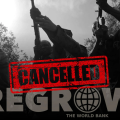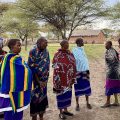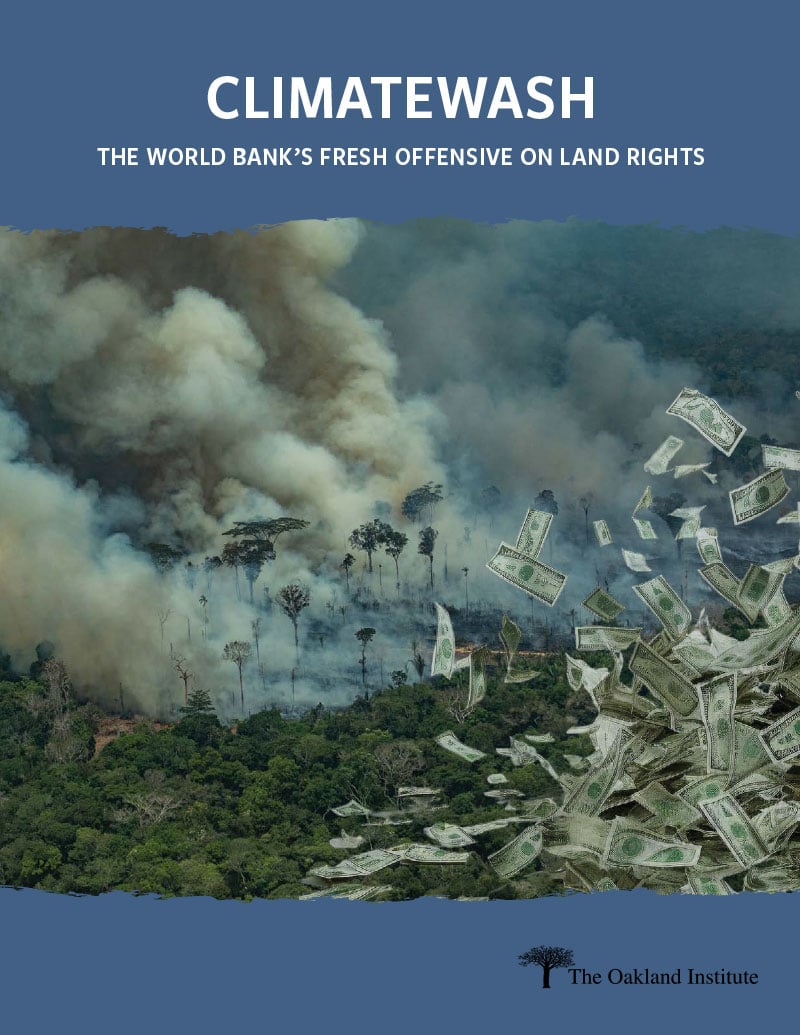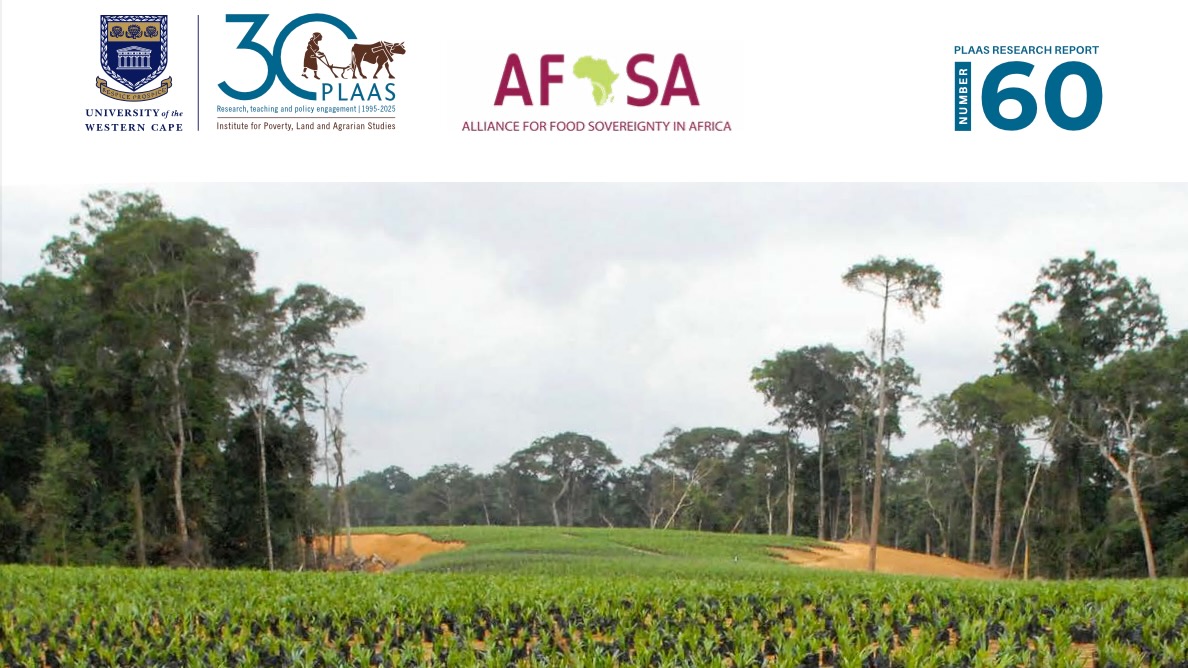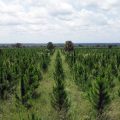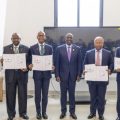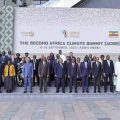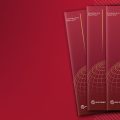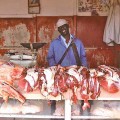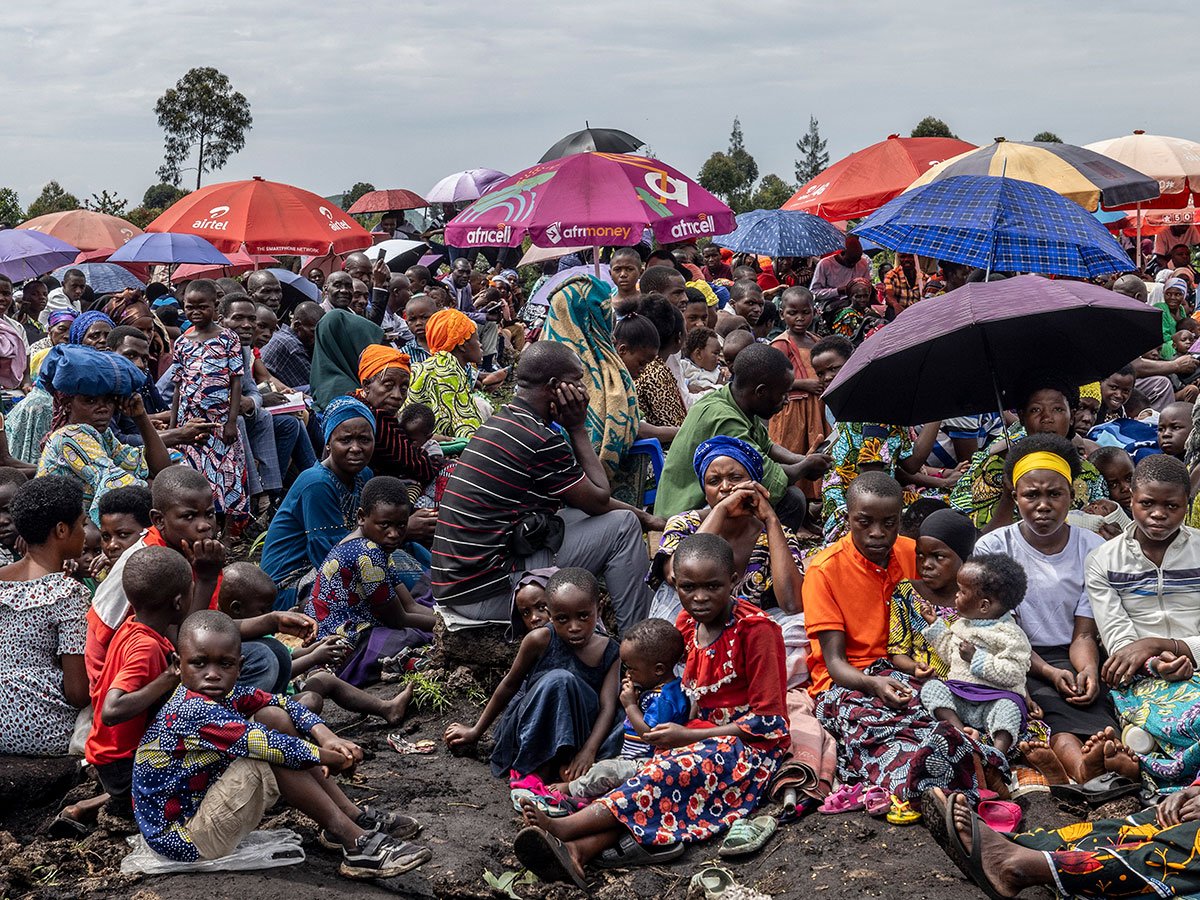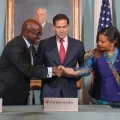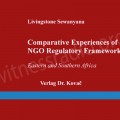Oakland, CA – A scathing investigation by the Inspection Panel of the World Bank confirms the responsibility of the Bank in enabling the expansion of Ruaha National Park and related severe human rights abuses in Tanzania. The Panel confirms “critical failures” of the institution in the planning and supervision of the Resilient Natural Resource Management for Tourism and Growth (REGROW) project that resulted in “serious harm” to communities and violated Bank’s safeguards and operating procedures.1
“The independent Inspection Panel has confirmed the Bank’s grave wrongdoing which devastated the lives of communities. Pastoralists and farmers who refused to be silenced amidst widespread government repression, are now vindicated, and Bank’s efforts to sweep human rights abuses under the rug laid bare,” said Anuradha Mittal, Executive Director of the Oakland Institute.
The REGROW project enabled the government to expand the Ruaha National Park and move ahead with eviction plans – formalized in October 2023 through Government Notice 754. The Bank directly funded TANAPA rangers who committed atrocities with no oversight. In a drastic turn from its initial defense of the project, the financial institution has been forced to recognize “weaknesses in the project design, preparation, implementation, and Bank supervision.” As a result, at least 84,000 people from 28 villages face eviction while pastoralists and farmers have suffered gruesome human rights abuses by Bank-funded rangers and over US$70 million in economic damages.
In documents made available today, the Bank’s management concedes that by “enhancing TANAPA’s capacity to enforce the law,” the project “increased the possibility of violent confrontations” between rangers and villagers. The Inspection Panel found the Bank to have failed to adequately supervise TANAPA and to be unaware of the agency’s operating framework which permits the rangers to use “excessive force,” in violation of international standards. As documented by the Institute, over the course of the project, at least 11 individuals were killed by police or rangers, five forcibly disappeared, and dozens suffered physical and psychological harm, including beatings and sexual violence. The Bank provided TANAPA rangers with 21 different types of equipment to strengthen their patrolling capacity in the project area – including bush knives that the Panel found “could potentially have been used to burn or strip naked” Maasai women in a May 2023 incident.
The Panel’s report documents the timeline of Bank’s failure to act after April 2023, when it was informed by the Oakland Institute about the abuses and violations of its safeguards. Instead, the Bank disbursed over US$33 million to the project over the next year. REGROW task team leader, Enos Esikuri, even publicly stated that the Bank was “very impressed with what is going on,” when meeting with government agencies implementing the project. In April 2024, disbursements were finally suspended as a result of Tanzania’s noncompliance with Bank safeguards, followed by cancelation of the project in November 2024.
“The World Bank failed to act after it was informed of the harms it was financing. It continued disbursements for a full year, allowing cattle seizures and farm closures to drain family savings, kept children out of school, and let TANAPA rangers murder more innocent villagers with impunity. No institution is above law and can be allowed to get away with crimes like this,” said Mittal.
The Bank’s Executive Directors, however, approved the Management Action Plan (MAP) that does not address the Panel’s findings. In blatant disregard of the facts and official documentation, the World Bank has conveniently refused to acknowledge its responsibility in allowing the park expansion, which it falsely claims took place prior to the project. It is this expansion of Ruaha National Park that triggered murders, evictions, and decimated livelihoods. The MAP delusionally places trust in the government that there will be no resettlement while it is already well underway. The impacted communities conveyed their rejection of the MAP to the Bank’s Board and called for it to remedy the harms caused by park’s expansion by reverting boundaries to the 1998 borders, suspending livelihood restrictions, resuming basic services, and providing justice and reparations for victims.
“Instead of remedying harms identified by the Panel, the MAP patches together two projects that have nothing to do with REGROW and are in no way designed to provide redress. The Action Plan put forward by the World Bank is beyond shameful. Suggesting that tens of thousands of people forced out of their land can survive with “alternative livelihoods” such as clean cooking and microfinance is a slap on the face of the victims. It demonstrates World Bank’s continued lack of remorse for harms financed by tax dollars and makes a mockery of its own accountability mechanism. Financing of this institution – responsible for misery of the poor instead of ending poverty – must be challenged,” commented Mittal.
Despite fear of retribution from Tanzania’s repressive regime, the impacted communities were relentless in demanding justice till they forced the cancellation of the project. “For years we have waited for the World Bank to fix the disaster it created. Today the Board of the Bank has undoubtedly failed in its own mission, but we will not give up, no matter what it takes,” said a community representative.
“The World Bank’s financing commitments for operations in Tanzania amount to US$10 billion. It does have the leverage and authority to fix this catastrophe. The United States, as the largest shareholder and funder of the World Bank Group, must also take responsibility,” concluded Mittal.
Source: oaklandinstitute.org
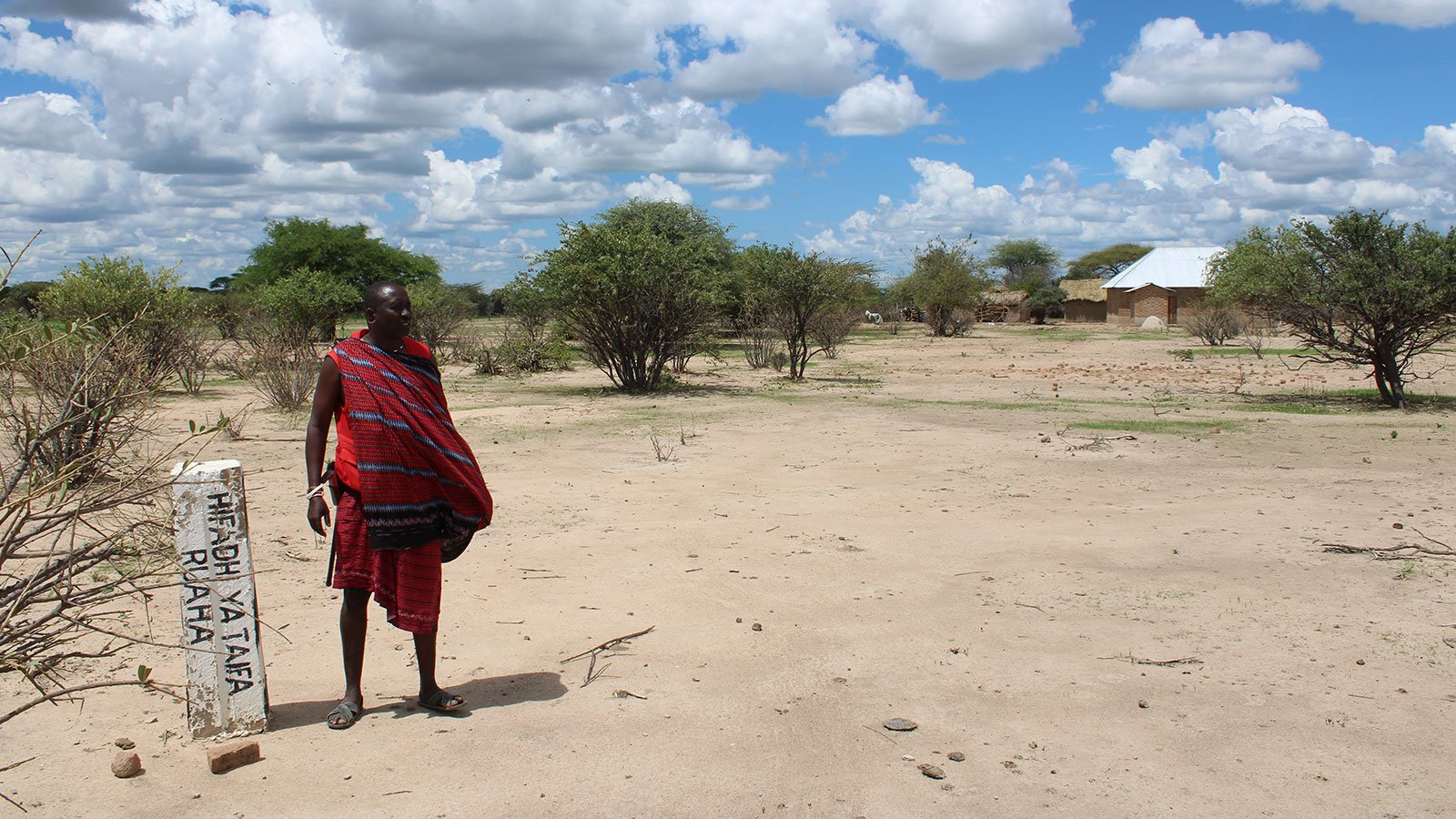
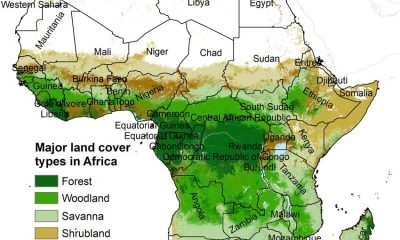
 MEDIA FOR CHANGE NETWORK2 weeks ago
MEDIA FOR CHANGE NETWORK2 weeks ago
 MEDIA FOR CHANGE NETWORK3 days ago
MEDIA FOR CHANGE NETWORK3 days ago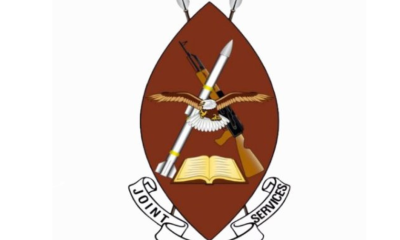
 MEDIA FOR CHANGE NETWORK2 weeks ago
MEDIA FOR CHANGE NETWORK2 weeks ago
 MEDIA FOR CHANGE NETWORK2 weeks ago
MEDIA FOR CHANGE NETWORK2 weeks ago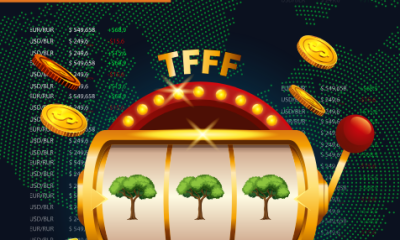
 MEDIA FOR CHANGE NETWORK4 days ago
MEDIA FOR CHANGE NETWORK4 days ago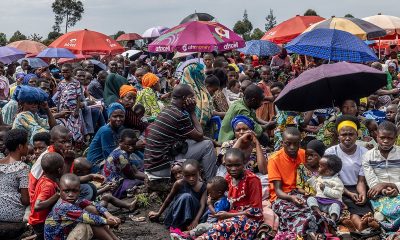
 NGO WORK2 weeks ago
NGO WORK2 weeks ago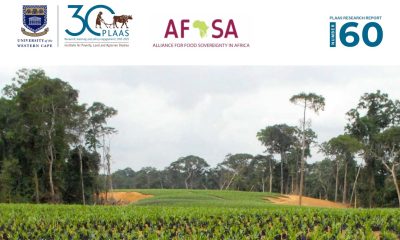
 NGO WORK2 weeks ago
NGO WORK2 weeks ago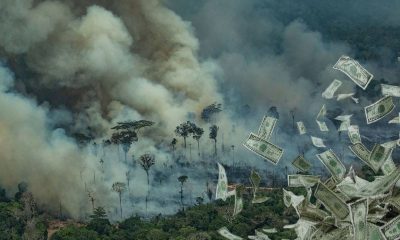
 NGO WORK2 weeks ago
NGO WORK2 weeks ago

